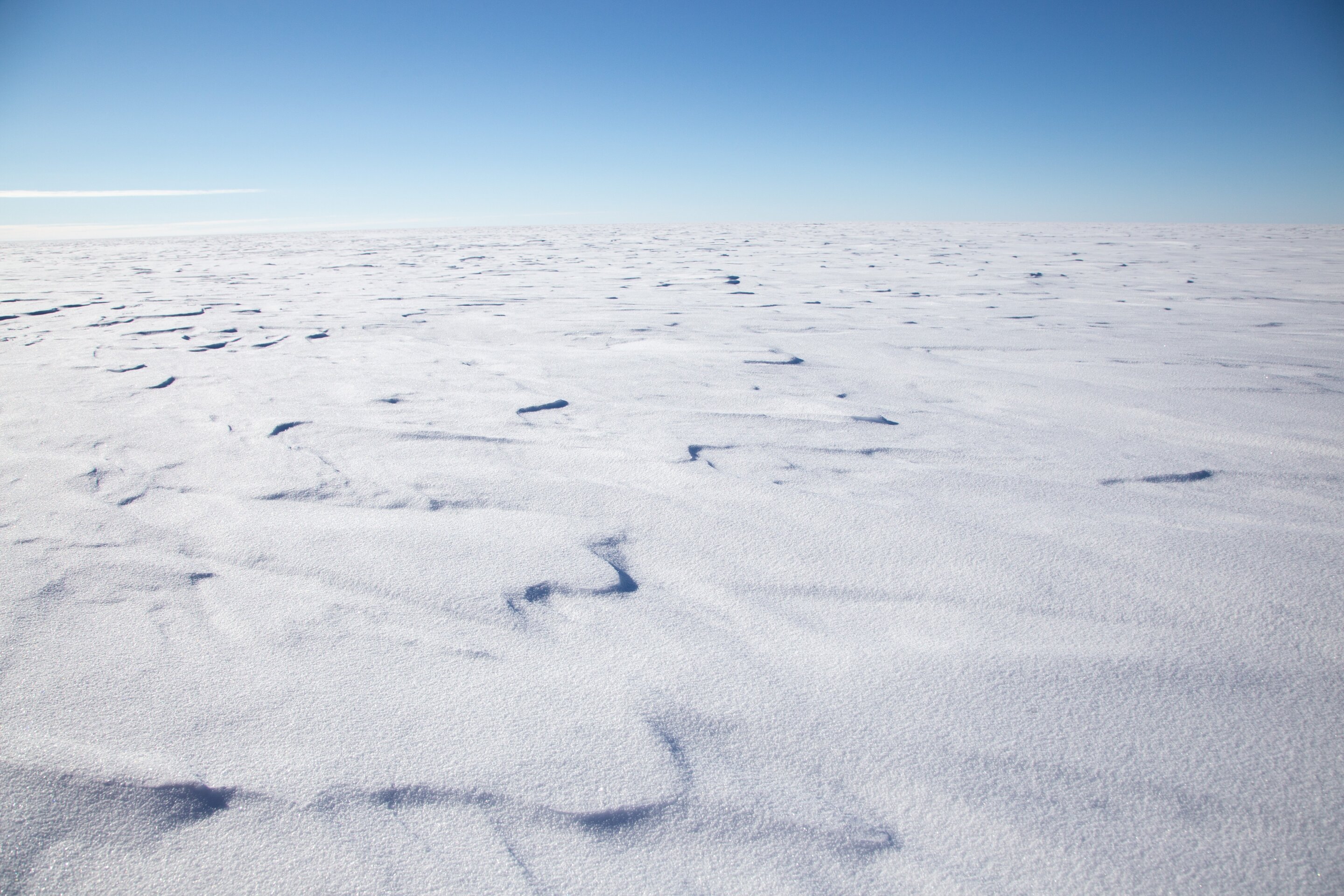- China rolls out stimulus measures to boost ailing economy
- Op-ed: The UK's budget problems date back to the 2008 financial crisis
- Property stocks in Hong Kong rally on mortgage stimulus
- Mainland China stocks notch best day in four years, soar over 4% on PBOC policy easing
- Oil prices rise on concerns of wider Middle East conflict, U.S. storm
What do you believe is the single most important factor driving up the cost of living in Nigeria?

'Doomsday' glacier set to melt faster and swell seas as world heats up, say scientists
Tidal action on the underside of the Thwaites Glacier in the Antarctic will "inexorably" accelerate melting this century, according to new research by British and American scientists. The researchers warn the faster melting could destabilize the entire West Antarctic Ice sheet, leading to its eventual collapse.
The massive glacier—which is roughly the size of Florida—is of particular interest to scientists because of the rapid speed at which it is changing and the impact its loss would have on sea levels (the reason for its "Doomsday" moniker). It also acts as an anchor holding back the West Antarctic ice sheet.
More than 2 kilometers (1.2 miles) thick in places, Thwaites has been likened to a cork in a bottle. Were it to collapse, sea levels would rise by 65 centimeters (26 inches). That's already a significant amount, given oceans are currently rising 4.6 millimeters a year. But if it led to the eventual loss of the entire ice sheet, sea levels would rise 3.3 meters.
While some computer models suggest reductions in greenhouse gas emissions under the 2015 Paris Agreement may mitigate the glacier's retreat, the outlook for the glacier remains "grim," according to a report by the International Thwaites Glacier Collaboration, or ITGC, a project that includes researchers from the British Antarctic Survey, the U.S. National Science Foundation and the UK's Natural Environment Research Council.
Thwaites has been retreating for more than 80 years but that process has accelerated in the past 30, Rob Larter, a marine geophysicist who contributed to the research, said in a news release. "Our findings indicate it is set to retreat further and faster." Other dynamics that aren't currently incorporated into large-scale models could speed up its demise, the new research shows.



- September 24, 2024
FOSA 1999 gives back to alma mater



- September 24, 2024
AI may add $30bn to Africa’s economy by 2034 – Report




- September 23, 2024
How diversity in heat tolerance can help protect coral reefs


- September 23, 2024
Expanding Earth science education beyond traditional field trips
Subscribe to our mailing list to get the new updates!

Subscribe our newsletter to stay updated
Thank you for subscribing!


